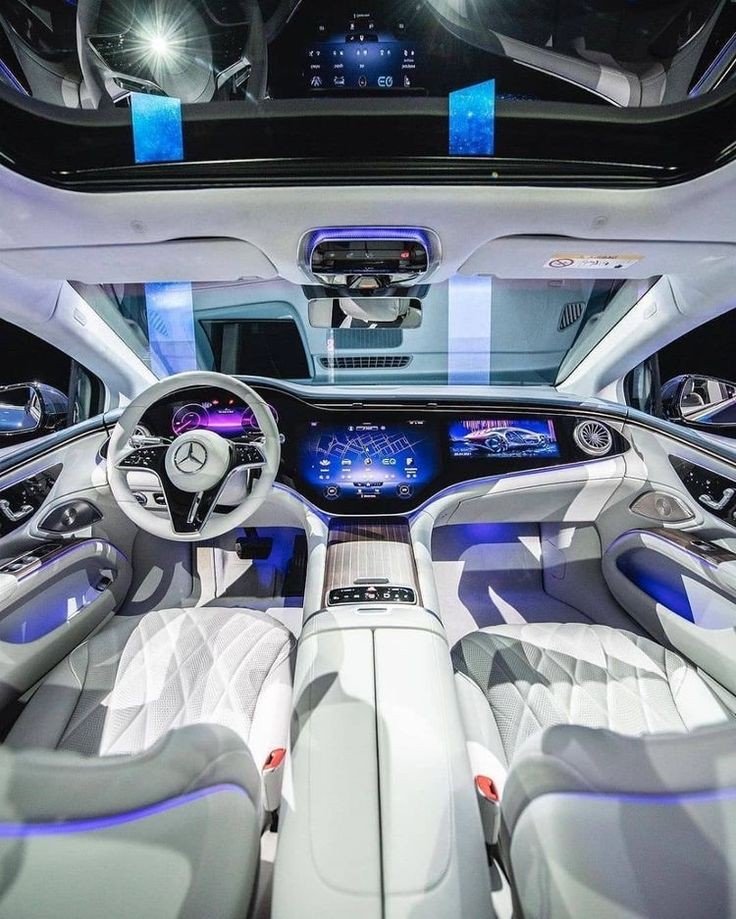
As the global automotive industry recovers from the disruptions of recent years, 2024 is shaping up to be a significant year. The industry has faced numerous challenges, including supply chain disruptions, fluctuating consumer demand, and evolving regulatory landscapes. Despite these hurdles, the global automotive market shows signs of growth and resilience. This article provides an in-depth analysis of the latest global automotive sales statistics for 2024, highlighting key trends, regional performance, and market outlooks.
Global Sales Overview
In 2024, global automotive sales are projected to reach approximately 92 million units, marking a modest growth compared to previous years. This figure represents a continuation of the recovery trend observed in 2023, when sales rose by 10.9% from the previous year, largely driven by the easing of supply chain constraints and pent-up consumer demand. The growth rate for 2024, however, is expected to slow to around 2.8%, reflecting a more cautious market environment influenced by high vehicle prices and challenging credit conditions.
Regional Performance
North America
The United States, a significant market in North America, is expected to see a 2.0% increase in light vehicle sales, reaching around 15.9 million units. The market’s growth is supported by a gradual recovery in production levels and the replenishment of inventories. However, affordability concerns persist, with high vehicle prices and stringent credit conditions potentially dampening consumer demand.
Europe
In Europe, the automotive market is projected to grow by 2.9% in 2024, reaching 15.1 million units. This growth is bolstered by improved vehicle production levels and a stable economic environment. However, the region faces several challenges, including the transition to electric vehicles (EVs), fluctuating energy prices, and the impact of potential policy changes related to environmental standards and EV incentives.
Asia-Pacific
China remains the largest single-country car market globally, with an anticipated growth rate of 13% in 2024. The country continues to lead in the production and sales of electric vehicles, driven by strong government support and increasing consumer adoption. India’s market is also experiencing robust growth, with sales expected to rise by 11.5%, reflecting a strong demand for both passenger and commercial vehicles.
Latin America
In Brazil, the automotive market is forecasted to expand by 10.8%, reaching 484,000 units. The growth in this region is primarily driven by a recovering economy and a rising middle class. However, the market remains below pre-pandemic levels, highlighting the ongoing challenges faced by the region.
Key Market Trends
Electric Vehicles (EVs)
The global shift towards electric vehicles continues to accelerate, with EVs gaining a larger share of the market. In China, for instance, EV sales have been particularly strong, accounting for a significant portion of the country’s automotive market. The rapid expansion of charging infrastructure and advancements in battery technology are key factors driving this trend. Other regions, such as Europe and North America, are also seeing increased EV adoption, supported by government incentives and regulatory mandates aimed at reducing carbon emissions.
Autonomous and Connected Vehicles
The development of autonomous and connected vehicle technologies remains a major focus within the automotive industry. Companies are investing heavily in research and development to bring advanced driver assistance systems (ADAS) and fully autonomous vehicles to market. The integration of 5G technology and vehicle-to-everything (V2X) communication is expected to enhance the capabilities of connected vehicles, offering improved safety and convenience features.
Supply Chain and Production Challenges
While the automotive industry has made strides in recovering from supply chain disruptions, challenges persist. The semiconductor shortage, which significantly impacted vehicle production in 2021 and 2022, continues to pose a risk, albeit to a lesser extent. Automakers are working to diversify their supply chains and increase inventory levels to mitigate these risks. Additionally, rising raw material costs and geopolitical tensions are factors that could affect production and pricing.
Market Outlook and Future Considerations
The outlook for the global automotive market in 2024 remains cautiously optimistic. While growth is expected, it will likely be tempered by several factors, including economic uncertainties, high vehicle prices, and changing consumer preferences. The ongoing transition to electric and autonomous vehicles presents both opportunities and challenges for automakers, requiring significant investment in new technologies and infrastructure.
Moreover, the regulatory landscape is evolving, with stricter emissions standards and safety regulations being implemented across various regions. Automakers must navigate these changes while also addressing consumer demands for more sustainable and technologically advanced vehicles.
In conclusion, the global automotive market in 2024 is poised for growth, albeit at a slower pace than in previous years. The industry continues to evolve, driven by technological advancements and changing market dynamics. As automakers adapt to these trends, the coming years will be crucial in shaping the future of mobility.
References
S&P Global Mobility, “Global Automotive Sales Statistics 2024”
Best-Selling Cars, “2024 (Q1) International: Worldwide Car Sales”
Kroll, “Automotive Industry Insights—Spring 2024”
Markets and Markets, “Global Automotive Industry Size, Share and Outlook 2024”
ALSO READ: How to Maintain Your EV: Essential Tips and Tricks







